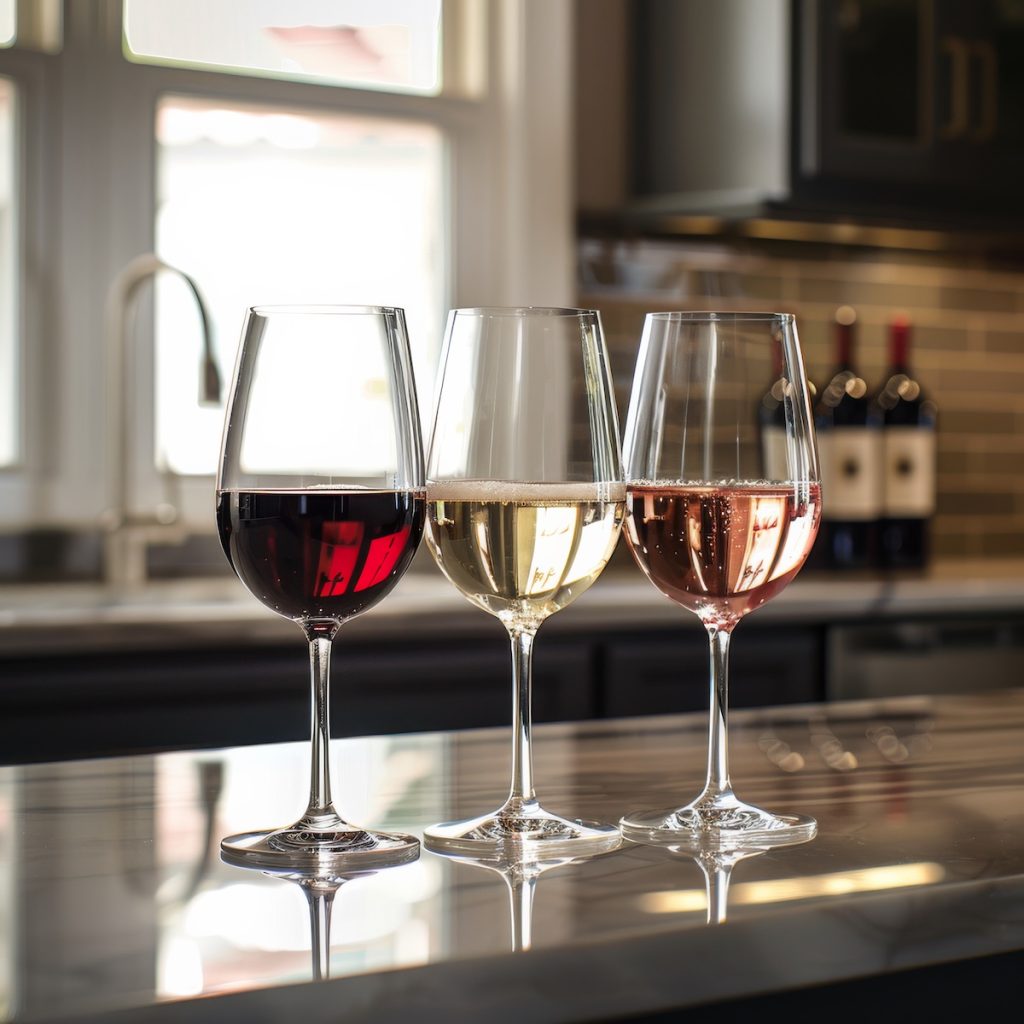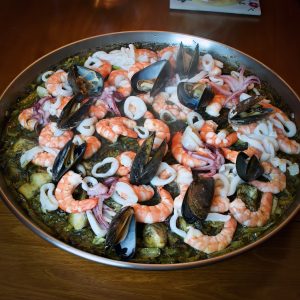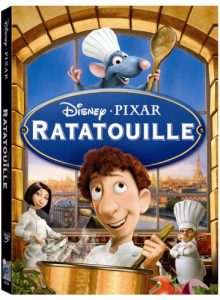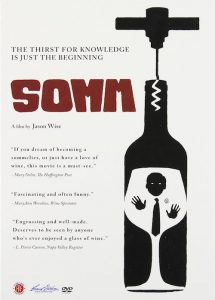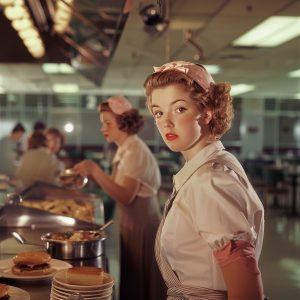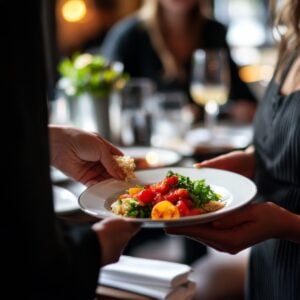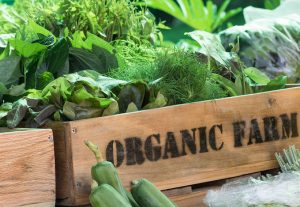How Much Do Restaurants Markup Their Wines By The Glass?
My wife and I were out for a quick bite and a glass of wine last week, and I was shocked when I learned that the $14 glass of Chardonnay wine I purchased came from a bottle that cost the restaurant about $16. I thought the restaurant markups for a bottle of wine were steep; this was ridiculous.
Unless I’m in an unusually high-end restaurant where I might expect to pay that much for a glass of wine from a really expensive bottle, I usually see prices in the $7 to $10 range. Since researching this question of wine by the glass markups, I have learned that wines in the higher-end restaurants are probably not coming from costly wines, and the lesser priced wines, that $7 -$10 per glass, are coming from wines cheaper than I expected.
Of course, the price of wine by the glass will vary depending on where you live, the type of restaurant you are in, competition, etc., but I’m writing in generalities. There will be exceptions to everything I post here, but from what I’ve learned in my research and speaking with a couple of professional restaurateurs, this is close to the norm.
Buyer Beware
So when I returned home from this dinner and my one glass of $14 Raeburn Chardonnay that I later learned was from a bottle that cost the restaurant around $16, I was annoyed and wrote about it on a FaceBook group I belong to. A few of the responses agreed with me, but then Chris, a general manager from a local restaurant, responded with the restaurant’s point of view, which really opened my eyes.
I’m not saying I agree with everything Chris is selling to justify the other side of the story, but he makes a convincing argument, which I have to respect. I may not like what he says about wine-by-the-glass markups, but it takes a little of the sting off my feelings toward restaurants and their charging methods.
What I’m trying to explain or justify to myself is there are at least two sides to this argument. If I don’t want to pay up for that individual glass of wine, I have alternatives.
I can choose NOT to order wine and go with water. I can order iced tea and pay $3 for a beverage that probably costs less than 25 cents per glass. How about a nice cold draft beer? I’ll be paying $4 – $6 for a pint that costs the bar/restaurant about 75 cents. Now, that’s a markup I don’t think I should complain about.
But I do want a glass or two of wine with my meal, and so does my wife. How can I ever justify paying so much per glass? Enter Chris from above, and I have the other side of the story.
My Conversation with a Restaurant General Manager
Here is my conversation with Chris via a Facebook group we both belong to:
I posted my outrage about the cost of the wine. A few people agreed with me, and then Chris said,
Chris – For what it’s worth, most restaurants buy restaurant-only brands for by-the-glass wine for this exact issue. A good alcohol cost is 20% which implies that you charge 5x your cost. A Miller lite bottle costs me $.76; we generally charge $4.
The same goes for wine. With four glasses in a bottle, you typically charge the bottle price for a glass. This skews a bit as you get into more expensive bottles, but at most to a 33% cost. When you’re getting a well-valued glass, it’s either a restaurant-only label or vintage or the restaurant is losing money.
Me – What if we discuss a $40 bottle of wine? Are you saying the cost per glass will be $30 – $40?
Chris – I’d probably charge $20-$25/glass. That said I would never pour a $40 bottle by the glass for that reason. In addition, you’d ruin the bottle’s integrity once it’s open for a few hours, so it’s really pointless.
You can decant a red and let it sit for a bit, but unless you sell it that night, you might as well drink it yourself. With typical by-the-glass wine, you worry a lot less about the wine turning since the attributes of that particular wine are typically less pronounced and, thus, less sensitive.
Me—I didn’t know that charging the cost of the bottle per glass is the accepted practice in restaurants today. Thanks for sharing that tidbit. Where it may hurt a restaurant is that second glass.
If they charged $10 – $11 per glass, my wife and I would have had that second glass each, not at $14, especially when there were very few alternatives on the list. Do restaurants figure most customers are only going to purchase one glass each, or do they estimate more when making their budget estimates?
Chris—At the end of the day, whether you have 1 or 10 glasses, the consumption volume doesn’t skew the cost or margin a restaurant makes on each sale. We price items based on an individual sale.
If sales are high, there is certainly more room for items to not meet cost with less impact on your overall beverage cost. On the contrary, when sales are lower, each item you sell above your target cost will drive that overall beverage cost up.
So if I charge 40% more for a glass of wine, say an $11 glass from a $25 retail bottle, my overall beverage cost slides up for every glass I sell. It’s not even worth putting it on the menu.
The general public tends to see restaurants as a large conglomerate with a lot of money. The reality is that most restaurants work on incredibly slim margins if they turn a profit at all.
A 30% beverage cost would sink any restaurant. You have to remember that you are not paying just for the liquid. You are paying for a portion of the glass it is served in, the table on which the glass rests, the napkin, the server, the bartender, the electricity, the heat, the rent, the list goes on and on and on.
The alternative is to short-pour and squeeze 5 glasses out of a bottle, but generally, that is met with more contempt than a higher-priced glass.
It’s funny that it always comes up in the conversation about wine when you pay much higher margins on beer/liquor. A bottle of Grey Goose costs me roughly $30. I get 21 shots out of a bottle, assuming some waste.
The industry standard is $8 for a single-pour Goose drink. So I make $168 on that $30 bottle, which is a 20% cost. But no one complains about that. Always interesting to me what strikes a chord in this wonderful business I so dearly love!
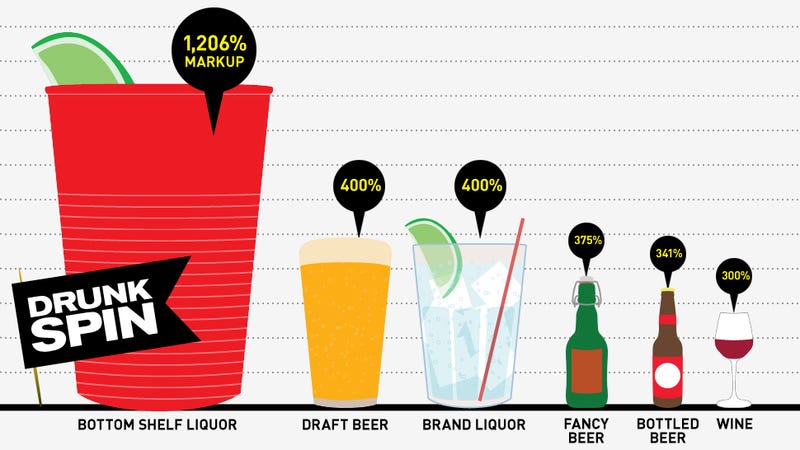
What About BYOB’s
We are lucky to have many fine BYOB (Bring Your Own Bottle) restaurants in our area. Some have been around for years, so I wondered how these restaurants can survive without selling liquor at high margins. So I asked another professional, my friend Chef David Nelson, how he thinks BYOBs can stay in business without the extra revenue generated by wine, beer, and liquor sales.
He explained to me that BYOBs don’t have to deal with several costs that restaurants with liquor licenses do. For example, let’s start with the cost of a liquor license.
The cost of a liquor license depends on the state you are in and the town or city you want to open your establishment. In Pennsylvania, a liquor license can set you back $75,000 to $80,000 in Pittsburgh and as high as $250,000 in Butler County in Western Pennsylvania. Then, depending on what type of license you are trying to obtain, tavern, beer & wine, restaurant, brewpub, or retail liquor store, the prices will vary.
The liquor license cost may not be figured into every glass of wine sold, but the restaurant owner needs to factor in that cost when deciding to go with a liquor license or go the BYOB route.
You also don’t need to hire bartenders in a BYOB. You’ll need to train your wait staff to open a bottle of wine at the table, but it won’t cost you more money for more employees.
Then there is inventory. If you are going to have a wine list (another cost), you need to have an inventory of wines that can cost thousands of dollars. If you have more expensive wines that need to be stored at precise temperatures and humidity, there’s the cost of building a wine storage unit.
You need to factor in the higher insurance costs associated with a liquor license. Because selling alcohol can be associated with more risk, additional liability insurance is a must in some states and just a prudent business decision in others. Again, this is another cost a BYOB restaurant doesn’t have to handle.
Conclusions
OK, I’m still not happy about paying $14 per glass of wine, but I now have a better understanding of where some of the markups are going and how they help a restaurant survive. I also know that no one is forcing me to drink a glass of wine when dining out, and there are alternatives, most of which are likely to have even bigger markups that I don’t seem to care that much about.
I can only go to BYOB restaurants, but we all know that’s not always possible and very limiting. Sometimes, you want to try something new or have dinner with friends who choose a non-BYOB establishment.
I may not like some of the prices I see out there, but I feel better with this knowledge, and I promise my wife that I won’t complain the next time we go out for dinner.

